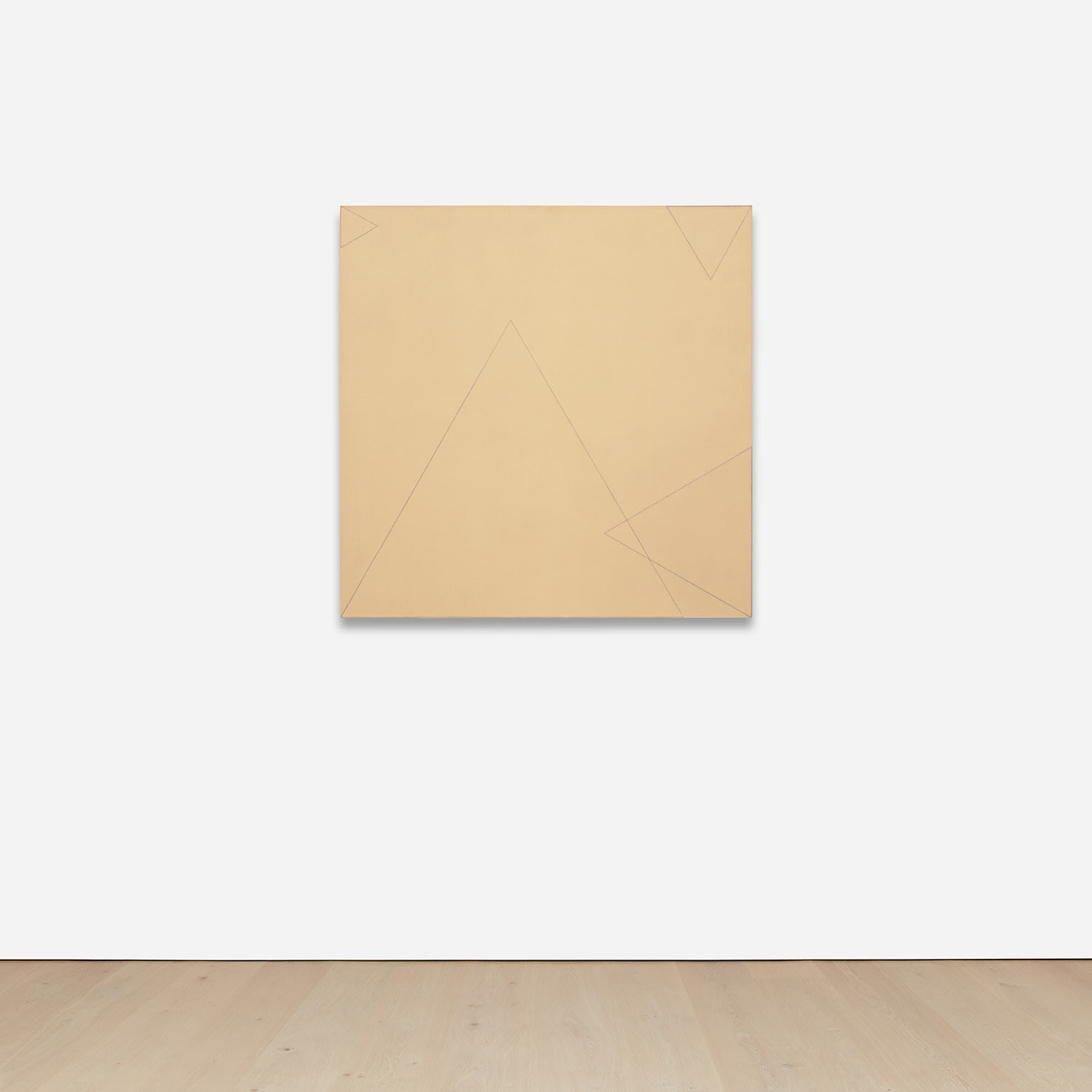



Property from an Esteemed Collection
133Ο◆
Robert Mangold
Four Triangles Within a Square
signed, titled and dated "R Mangold 1976 April Four Triangles within a Square" on the reverse
acrylic and colored pencil on canvas
48 1/4 x 48 in. (122.6 x 121.9 cm)
Executed in 1976.